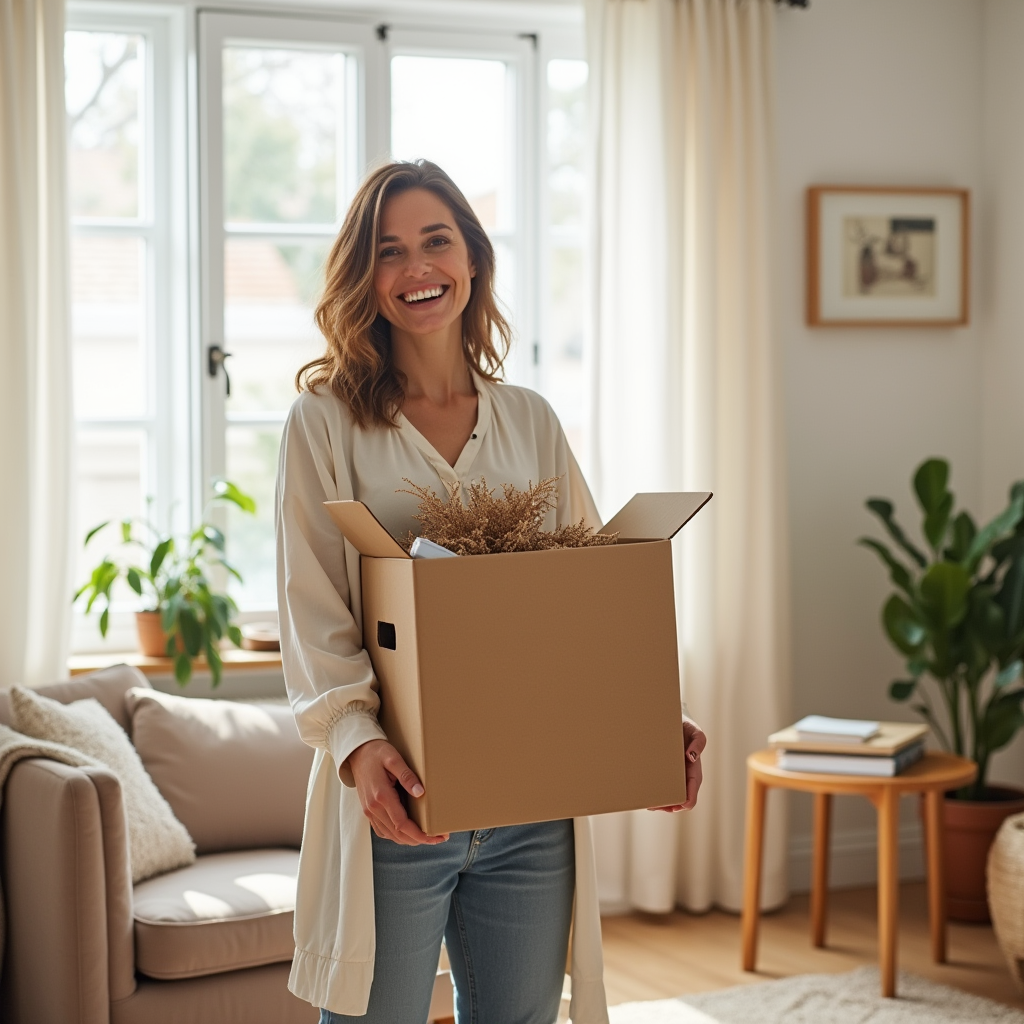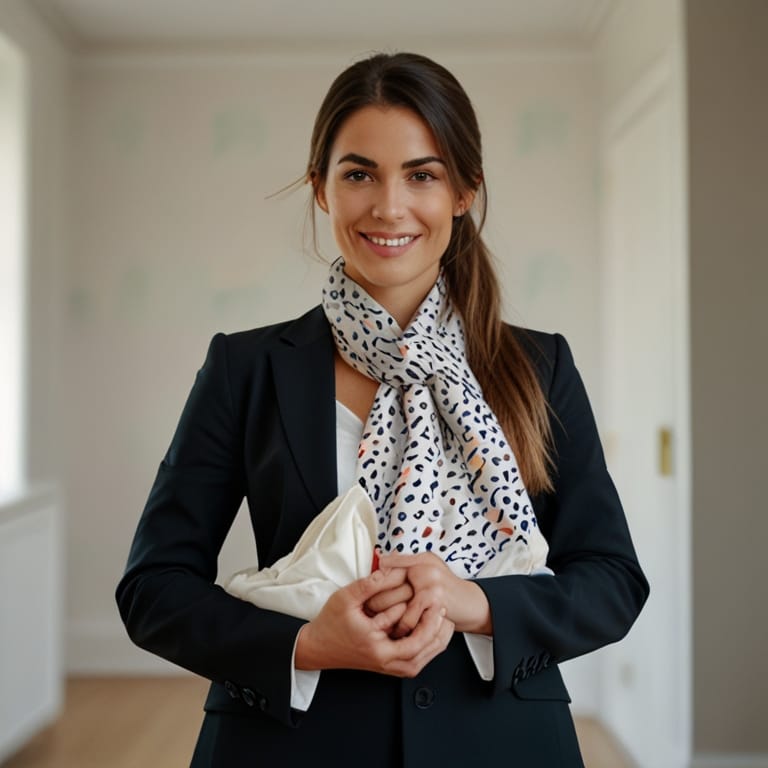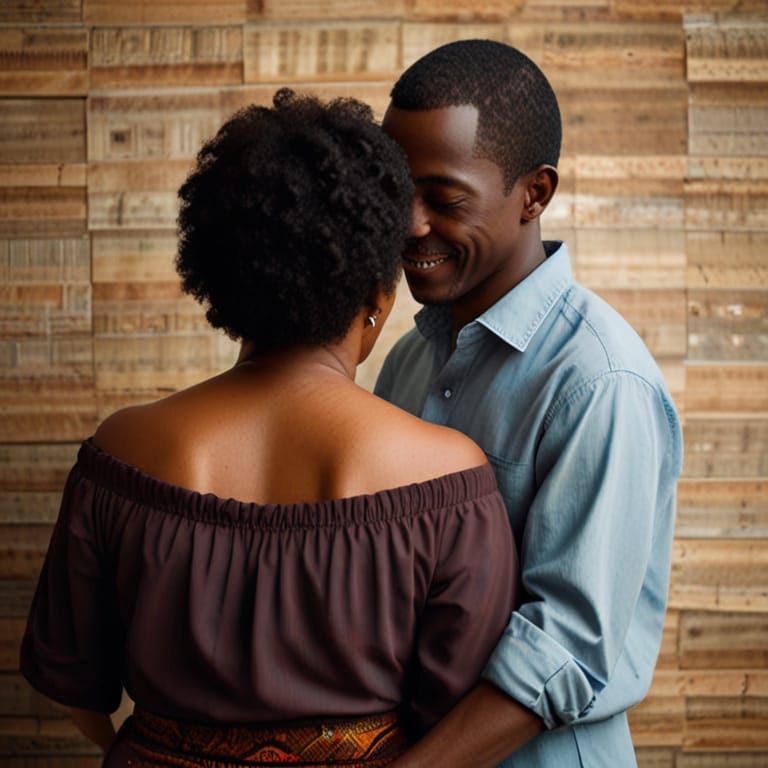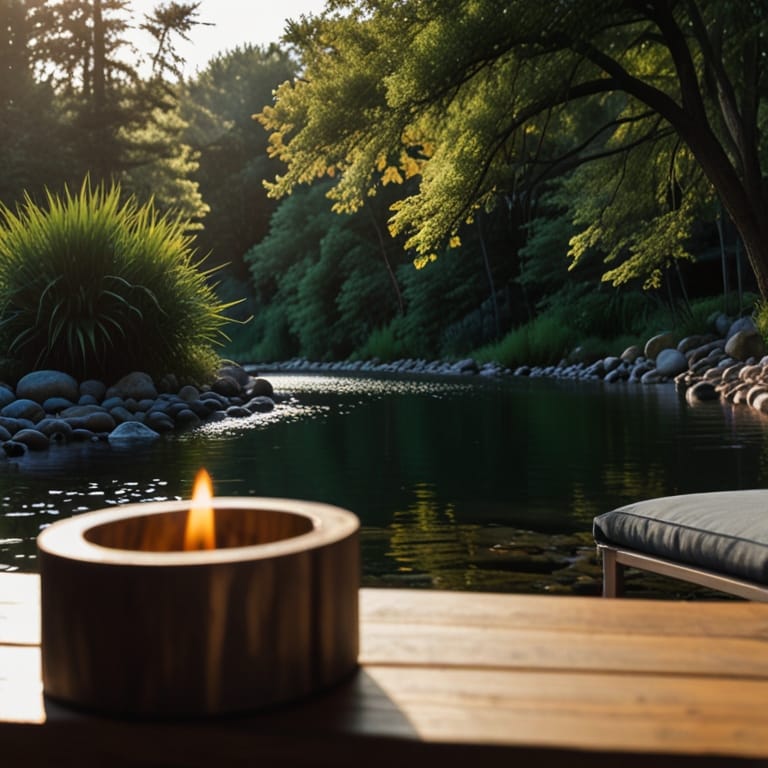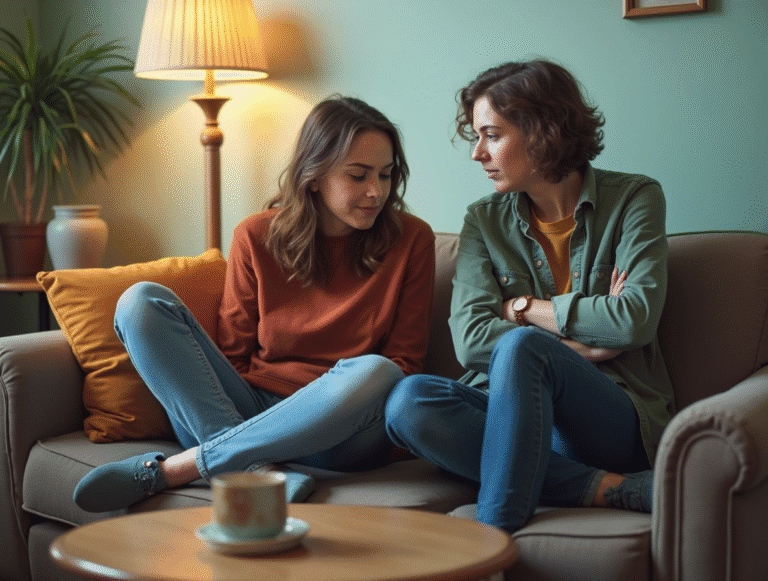Don’t Just Declutter, De-own
Have you ever decluttered a drawer, only to find it full again just weeks later? You sorted, stacked, maybe even labeled—but somehow, the clutter crept back in. You’re not alone. Most of us believe that decluttering is the solution to our chaos, when in reality, it’s only the first step.
What if the real answer lies not in decluttering, but in de-owning?
In this article, we’ll explore why simply moving things around isn’t enough, how to get rid of what’s weighing you down, and how de-owning can create real, lasting freedom in your home—and your life.
Table of Contents
The Difference Between Decluttering and De-owning
At first glance, decluttering and de-owning might sound like the same thing. But they’re not.
Decluttering is like tidying up after a storm—it’s reactive. You identify the mess, push it into bins, or maybe donate a few items. But much of it stays. In contrast, de-owning is intentional. It’s deciding that certain things no longer deserve space in your life.
Think of your home like a garden. Decluttering is like trimming weeds. De-owning? That’s pulling them up by the root.
When you declutter, you’re organizing your possessions. When you de-own, you’re reducing them.
Why does this matter?
Because clutter doesn’t just take up space—it drains your energy, clouds your focus, and clutters your mind. When you own less, you free up more—time, peace, clarity.
According to Joshua Becker, founder of Becoming Minimalist, “Owning less is better than organizing more.” This quote hits at the heart of de-owning: it’s not about having better shelves—it’s about needing fewer things to shelve.
Why We Hold On to Stuff We Don’t Need
If getting rid of things is so freeing, why is it so hard to do?
Psychologists call it loss aversion—we’re wired to avoid loss more than we’re motivated by gain. So even if something is useless, getting rid of it feels like a loss.
But there’s more:
- Sentimental attachment: “My grandma gave me that.”
- Guilt: “I paid good money for this.”
- What-if thinking: “What if I need it later?”
- Identity: “This shows who I was (or want to be).”
These emotional roadblocks are real, but they don’t have to win.
Let’s flip the question.
Instead of asking, “What should I get rid of?”, ask “What’s actually adding value to my life?”
That tiny shift changes everything.
A real-life story:
Kelsey, a mother of two from Ohio, once told me she had three sets of dishes. One for everyday use, one for holidays, and one that “came with the house.” The third set? It sat in her basement for five years. When she finally let it go, she said, “I didn’t even realize how heavy it felt to keep things I didn’t use.”
How to Get Rid of Clutter by De-owning With Intention
The keyword here is intention. De-owning isn’t about rash decisions or stripping your life bare—it’s about aligning your space with your values.
Here’s a simple, practical process to get started:
1. Start Small but Meaningfully
Choose a space that matters—your nightstand, your bathroom drawer, your workspace. This isn’t about speed; it’s about momentum.
2. Touch Everything Once
When you physically handle each item, it forces a moment of decision. Ask:
- Do I use this regularly?
- Do I love it?
- Would I buy it again today?
If the answer is no to all three, it’s time to let it go.
3. Sort by Purpose, Not by Room
Instead of going room by room, try sorting by category: clothes, books, kitchen tools, decor. This lets you see duplicates and patterns.
4. Set a “Maybe” Box—with a Deadline
Put uncertain items in a bin. Set a reminder in 30 days. If you haven’t needed or missed it by then, you don’t need it.
5. Don’t Rehome—Release
It’s tempting to shuffle items around (“Maybe this would fit better in the garage!”), but this often just hides clutter in new places.
De-own it instead: donate, recycle, or trash.
How to Get Rid of Things You Feel Guilty About Letting Go
This is a big one. We hold on to a lot out of guilt. Guilt for spending money, for receiving gifts, for being wasteful.
But here’s the truth: you’re not responsible for honoring an object forever.
Try reframing:
- “I paid money for this, so I should keep it.” → I paid to learn that I didn’t need this.
- “Someone gave this to me.” → Their kindness was in the giving, not the keeping.
- “This is still useful.” → Useful to someone else doesn’t mean useful to me.
You’re allowed to move on. Your space, peace, and mental clarity are more important than an item collecting dust in a box.
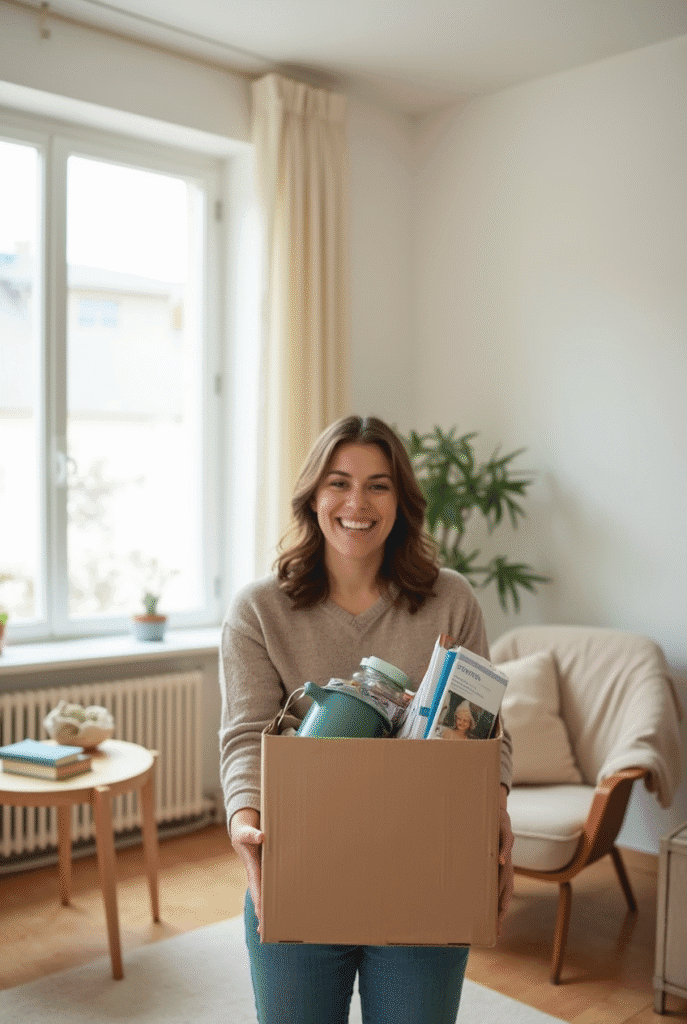
Letting Go of the “What Ifs”
One of the most common mental blocks? “What if I need this later?”
We’ve all asked that. And sure, in rare cases, you might need that third spatula. But more often, that “just in case” thinking leads to keeping duplicates and rarely-used items.
Try this mindset shift:
If it costs less than $20 to replace and you haven’t used it in over a year, it’s okay to let it go.
It’s a small price for freedom. And most of the time, you won’t even miss it.
The Emotional Benefits of De-owning
You may start de-owning to get rid of clutter, but you’ll stay for the emotional transformation.
Here’s what many people report:
- Less stress: Fewer things means fewer decisions, less mess, and less chaos.
- More time: You’re not constantly cleaning, organizing, or looking for stuff.
- Greater clarity: A clear space fosters a clearer mind.
- More gratitude: When you’re not surrounded by excess, you appreciate what you do have.
Analogy time:
Think of your home like a computer. When it’s overloaded, it runs slow, crashes, or freezes. Clearing out your digital files speeds it up. Same goes for your living space—less clutter = more flow.
How to Get Rid of Things Responsibly
De-owning doesn’t mean dumping your stuff in a landfill. Here’s how to do it mindfully:
Donate:
- Local shelters, thrift stores, or churches love gently used items.
- Consider organizations like Goodwill, The Salvation Army, or Habitat for Humanity.
Sell:
- Use Facebook Marketplace, Poshmark, or eBay for items in good condition.
Recycle:
- Electronics, batteries, textiles—check your city’s recycling guide.
- Earth911 is a great resource for finding local recycling options.
Trash (as a last resort):
- Broken, unusable items that can’t be donated or recycled.
Being responsible with how you let go adds a layer of integrity to the process—and makes it easier to commit.
From Owning to Living: What Happens After De-owning
Once you’ve de-owned, life feels lighter. But it’s not just about space—it’s about intentional living.
You become more selective with what you bring into your home. You start thinking, “Do I really need this?” instead of “Where can I put this?”
You stop managing stuff and start managing your energy.
As Courtney Carver, author of Soulful Simplicity, says:
“Minimalism isn’t about having less. It’s about making room for more of what matters.”
More peace. More joy. More presence.
FAQs About How to Get Rid of Stuff Without Regret
How do I get rid of things I might need later?
Start with low-risk items. Set a trial period (e.g., 30 days in a “maybe” box). If you don’t miss it, you don’t need it. Also consider cost-to-replace versus cost-to-keep.
What’s the best way to get rid of sentimental items?
Take photos of items for memory-keeping, keep one or two meaningful pieces, and let the rest go. Remember: the memory lives in you, not the object.
Where can I donate items locally?
Most cities have Goodwill, Habitat for Humanity ReStores, or local shelters. Check Facebook groups or community boards for donation drives and wish lists.
How can I avoid bringing clutter back into my home?
Use the “one in, one out” rule. Before buying, ask: Do I love this? Do I need this? Do I have space for this? Shop with intention, not emotion.
What if my family doesn’t want to let go of their things?
Lead by example. Focus on your own space first. Share your why, not just your process. Respect their pace—they may come around once they see the benefits.
Final Thoughts: Don’t Just Declutter—De-own
Decluttering is a start, but de-owning is the real game-changer. It’s not about being extreme or living with nothing—it’s about owning what serves you and letting go of what doesn’t.
When you stop managing things you don’t need, you start making space for the life you want.
So the next time you reach into that cluttered drawer or stare at that overstuffed closet, ask yourself:
What do I really need? What do I want to own—and what do I want to own me?
Then, start letting go.

